Seasonal Candle Making: A Time-Traveling, Nose-Tickling Odyssey through the Calendar
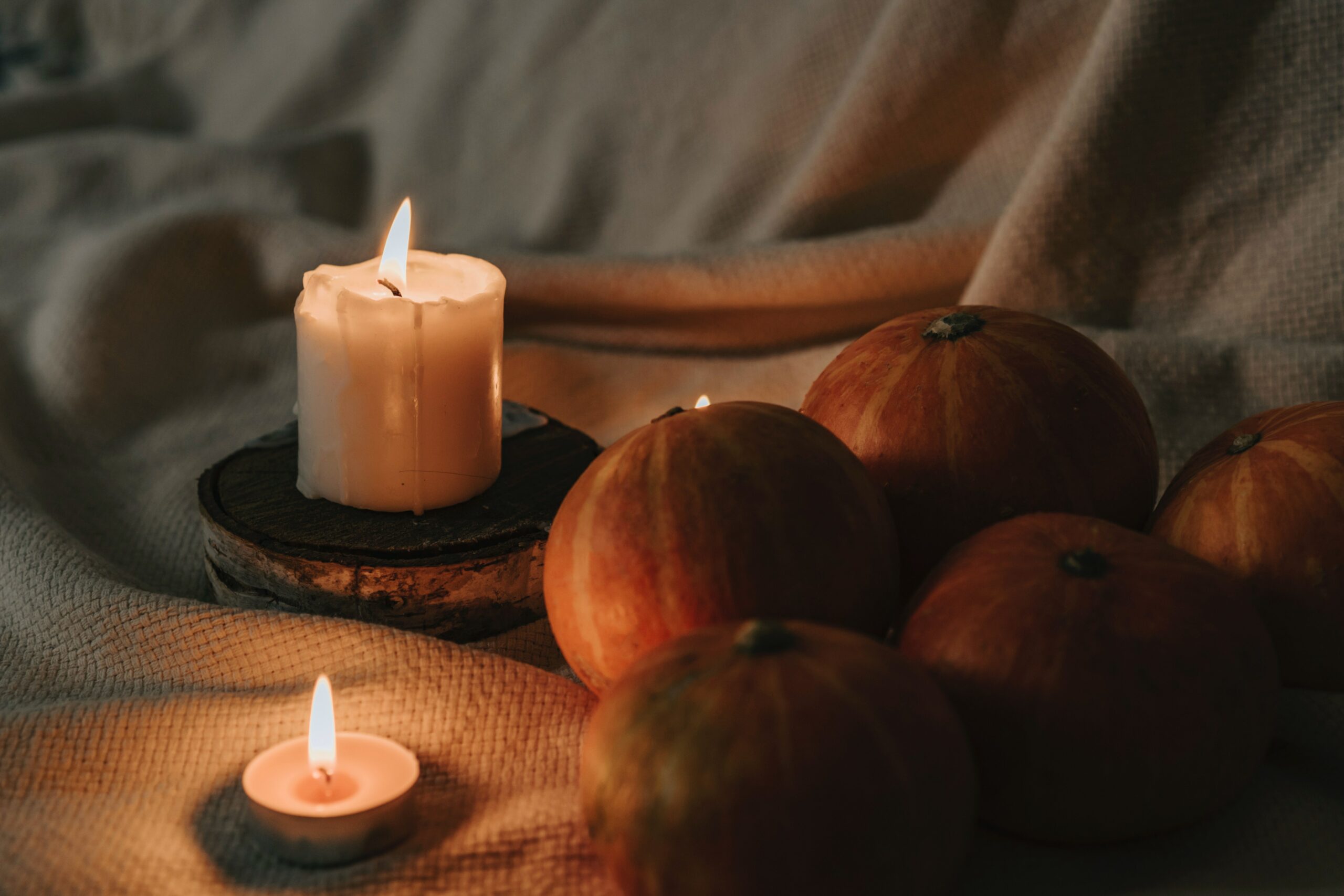
Ah, seasonal candle making—where the wax melts and the calendar burns. You see, candles have been a thing since, well, before Netflix and Chill was a Saturday night plan. Imagine a time when Prometheus was the equivalent of an illegal downloader, stealing fire from the gods. Yeah, candles go way back. So why not bring a touch of time-travel to your modern living room with candles tailored for each season? Let’s blast through the annual calendar faster than you can say “pumpkin spice latte,” and explore how you can time-travel through the year with the flick of a lighter.
Spring candles: When Tulips and Wax Blooms With Fragrance
Spring, that time of year when flowers are blooming and your nose is competing in an Olympic event of sneezing. Allergies might be a downer, but a lavender or cherry blossom scented candle can bring the best parts of spring indoors—minus the pollen. Imagine hosting a Sunday brunch and your guests asking, “Are those real cherry blossoms?” and you, with a smirk, pointing to your artisanal candle. Instant legend status achieved.
Summer candles: Wax on, Wax (Not) Off. Easy Way For Candle Making
In the heat of summer, you don’t just want any candle; you need something refreshing. Citrusy scents like Pink Pomelo + Pansies can serve as an olfactory air conditioner. Want to take your seasonal candle game to the next level? How about a sunscreen-scented candle? Nah, just kidding. Or am I? Okay, I am. But the essence here is to capture the sun, the sand, and the occasional sunburn in a jar—sans the UV rays.
Autumn candles: The Calendar’s Cozy Sweater and Halloween Candles
Ah, autumn—where everyone turns into a walking, talking, pumpkin spice latte. But beyond the ubiquity of pumpkin spice lies a cornucopia of scents that deserve their time in the limelight. We’re talking about cinnamon, nutmeg, and apple crisp. Honestly, you could craft a candle that smells like a Thanksgiving feast and I’d be first in line. Actually, maybe skip the turkey scent; not everyone wants their living room smelling like dinner. But you could have Smoked Ginger
Winter: When the Wax Freezes Over And Christmas Candles Are On Top
Winter is the season of holidays, family gatherings, and testing the weight-bearing capacity of your dining table. It’s also when seasonal candles really shine—literally. The Christmas tree scent is a classic, but don’t forget about the warm, inviting aroma of mulled wine. Want to be edgy? How about a New Year’s champagne-scented candle? Pop the cork, or rather, light the wick!
The Twist: Designer Scents for Seasonal Sophistication
You’ve gone through the seasonal basics, but what about adding that je ne sais quoi? Ever thought of a Chanel No. 5 scented Christmas candle? Yes, designer-brand fragrances can lift your seasonal candles from “crafty” to “are you a witch because this is magical!”
The Melting Point in Seasonal Candles
Whether it’s spring blossoms or winter pines, seasonal candle making lets you cheat time. One moment you’re basking in the tropical scents of summer; the next, you’re wrapped in the warm embrace of autumnal spices. So, as we blaze through another year of streaming services, climate debates, and whatever new gadget Apple has decided we can’t live without, remember: seasonal candles are your fragrant portal through time, with the added bonus of not disrupting the space-time continuum.
The Melting Point: Where Science Meets Scent and Sustainability
So you’ve got your wicks, fragrances, and dyes all lined up. But wait, why is the melting point suddenly the MVP (Most Valuable Point, obviously) in your candle-making process? Well, let’s talk about it like we talk about Goldilocks and her infamous porridge dilemma—it has to be just right. Too high or too low of a melting point, and you’ve got yourself either a candle that’s more like a puddle or a rock-hard relic that refuses to light up. Here’s why the melting point deserves its own drumroll in the saga of candle making.
It Dictates Burn Time
Got a hot date and need a long-lasting candle? Better opt for a wax with a higher melting point. The slower the wax melts, the longer you can savor that romantic, or awkward, dinner conversation. On the flip side, if you’re like me and have the attention span of a goldfish, a lower melting point will give you a faster burn for quick ambiance makeovers.
Fragrance Release in Candle Making
The melting point directly impacts how well a candle releases its fragrance. A higher melting point usually means a slower fragrance release—great for a lingering, slow burn kind of mood. A lower melting point? It’ll disperse that aroma more quickly, saturating your room with your chosen scent faster than you can say “eau de parfum.”
Safety Factor: Take Care While Making Candles
A wax with a too-low melting point could turn your lovely candle into a molten mess quicker than you can say, “Where’s the fire extinguisher?” On the flip side, a too-high melting point might result in a candle that doesn’t melt evenly, leading to tunneling and wasting a good chunk of your wax.
Environmental Impact
Believe it or not, the melting point can even touch upon the environment. Higher melting point waxes like beeswax and certain types of soy wax are often more eco-friendly. They burn slower, releasing fewer emissions and making Mother Nature a tad less grumpy.
All About the Aesthetics
For the Martha Stewarts out there who want their candles to be an artistic statement, the melting point also influences how your candles look. Higher melting point waxes are generally harder and can hold shapes well—great for sculptural candles or those intricate designs you saw on Pinterest and thought, “I could do that!”
The Paradox of Choice
So what’s the Goldilocks zone for melting point? Ah, if only it were that simple. Between soy, beeswax, and paraffin, each has its own range of melting points, adding another layer of decision-making to your candle crafting. Want an eco-friendly, slow burn? Opt for soy. Craving that strong scent throw and vibrant color? Paraffin is your buddy.
The melting point is more than just a number; it’s a harmonious blend of science, aesthetics, and sometimes even ethics. So next time you’re in a candle-making conundrum, remember the melting point isn’t just a technical detail—it’s the unsung hero of your candle’s performance and sustainability.

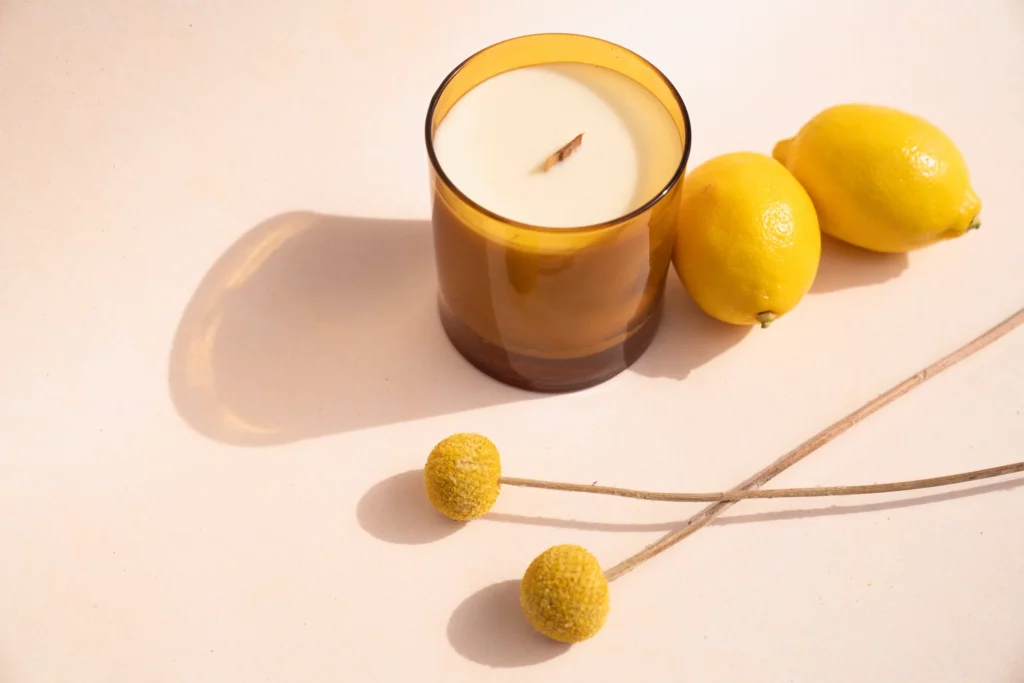
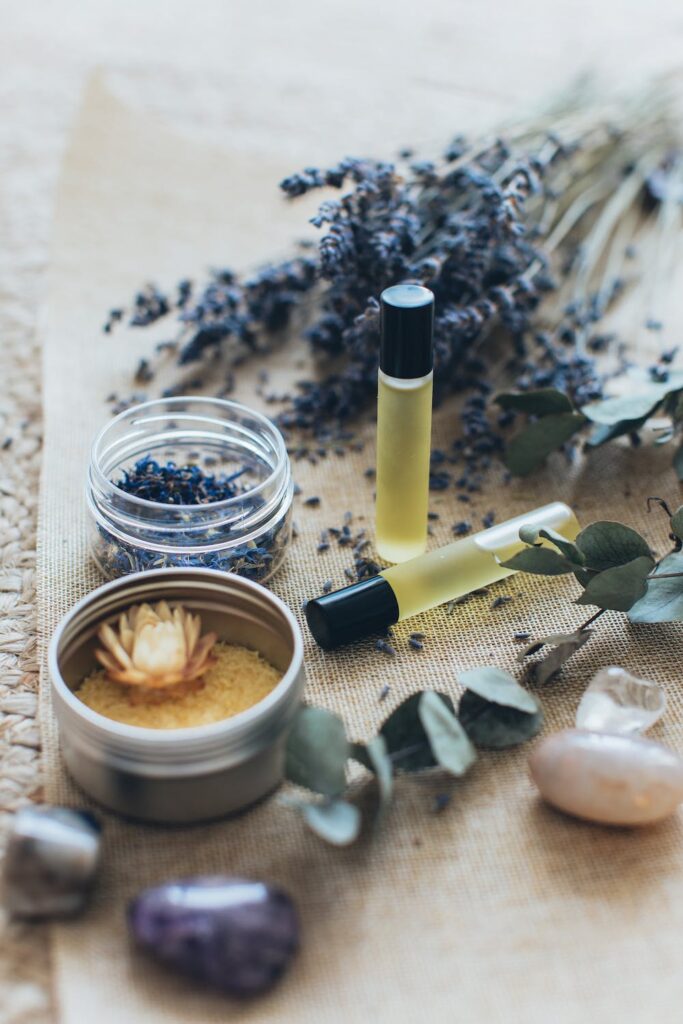
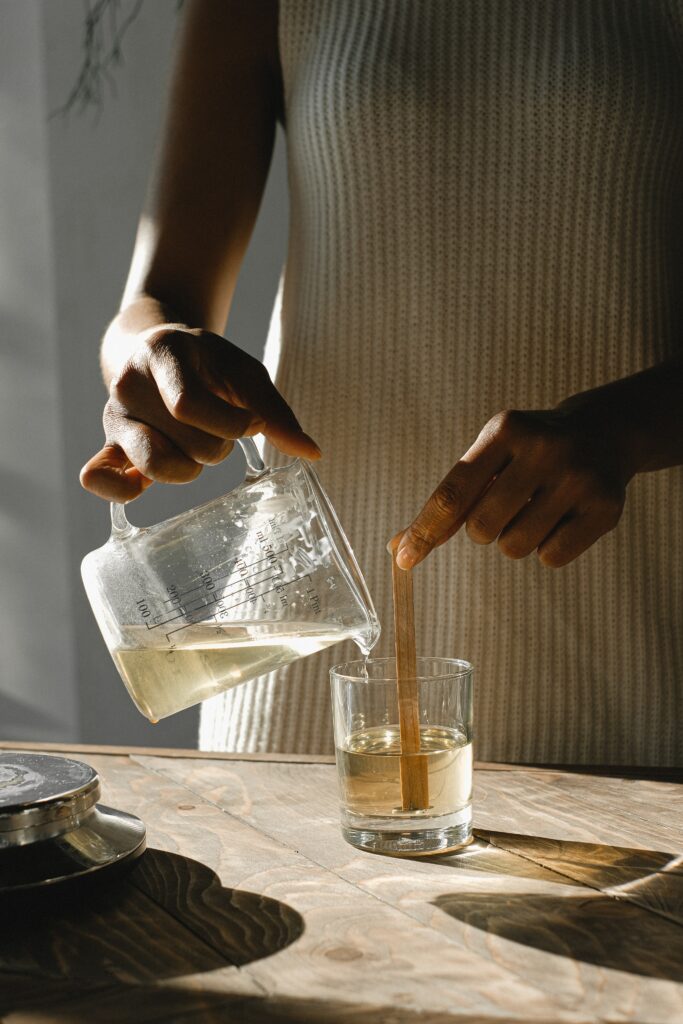
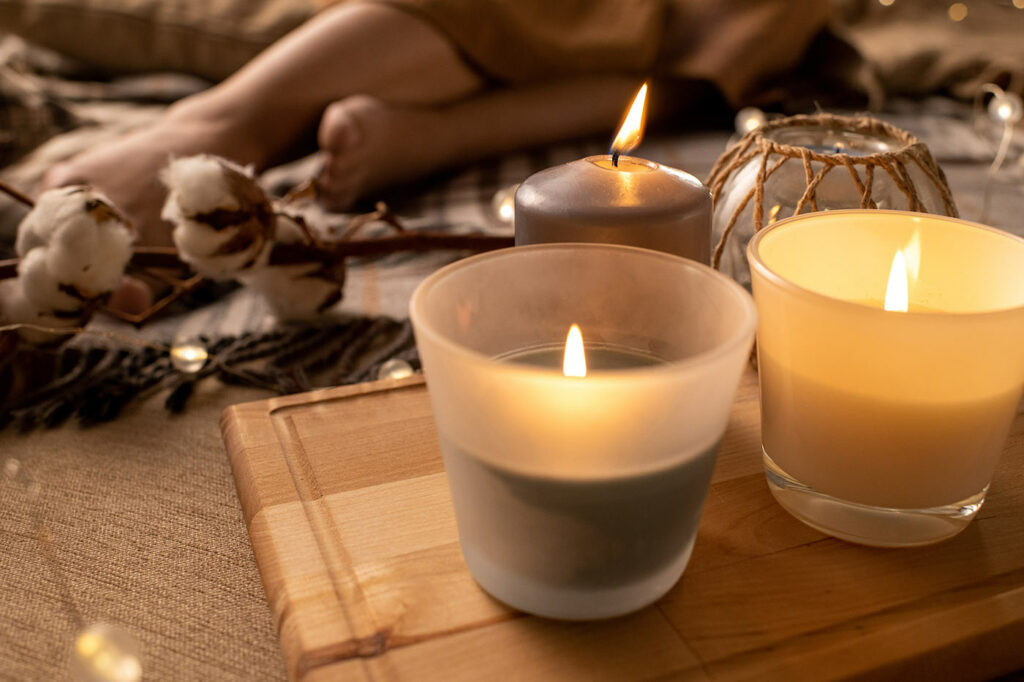
My brother suggested I might like this website. He was totally right. This post actually made my day. You can’t imagine just how much time I had spent for this information! Thanks!
Glad you enjoy our articles.